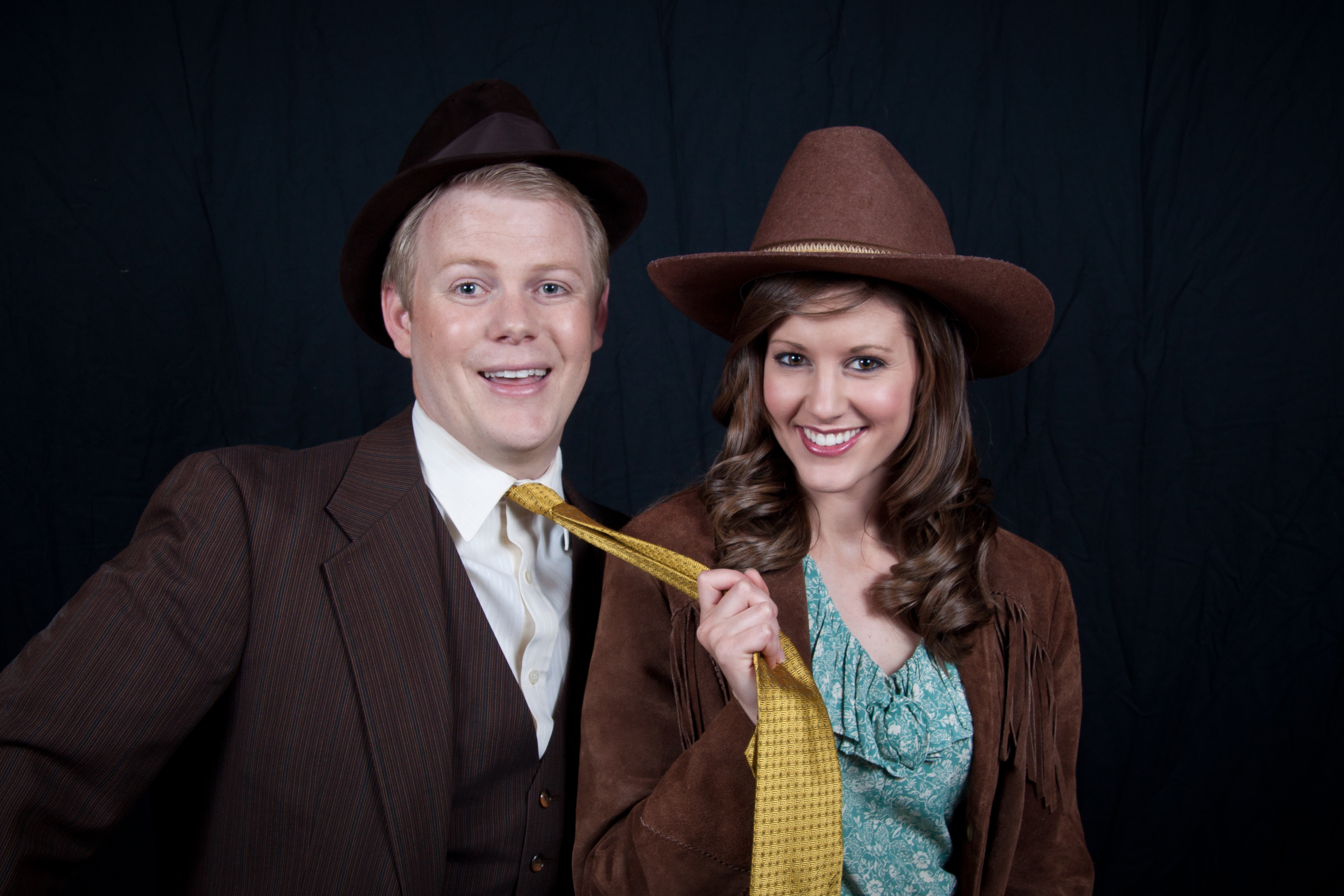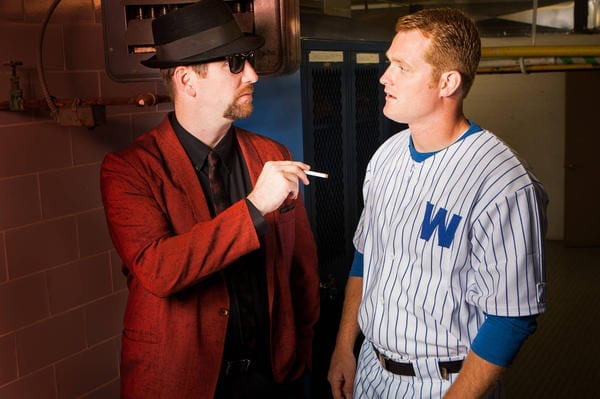SALT LAKE CITY — There are certain expectations that come with holidays: moods and music and styles of dress. Halloween is no exception, as our culture delights in getting scared silly. This was my hope going into Pioneer Theatre Company’s newly opened BRAM STOKER’S DRACULA, though things didn’t quite work out the way I planned.
Bram Stoker was a 19-century British novelist who combined the age-old legend of the vampyre—the demon race that feasts on human blood—with the bloody history of Transylvanian prince Vlad the Impaler who supposedly murdered and tortured thousands of innocent people during the 1400s.
The title character Count Dracula is played with relish by Mark Elliot Wilson. At first he seems just a wizened, peculiar old man planning to buy a house in England; Jonathan Harker (Christopher Kelly) has been dispatched by his employer to the Carpathian Mountains to meet with the Count and finalize the sale.
Meanwhile, back in England, Harker’s fiancée Mina (Allison McLemore) is staying with her good friend Lucy Westenra (Stephanie Fieger) when the latter is suddenly struck by a strange illness. No one, it seems, can properly diagnose or treat her: not her chosen lover Arthur Holmwood (John-Michael Marrs) nor her rejected suitor, Dr. Seward (Craig Wroe). Seward looks to his mentor, the eccentric Dutchman Abraham Van Helsing (Bob Ari), to cure Lucy. Unbeknownst to them all, Count Dracula, now a strong man in his prime, has already made his move to the West and is preying, literally, on Lucy’s blood and soul. Too late, Van Helsing figures out the truth about Lucy’s condition: she has become nosferatu—undead—and the only way to save her soul is to desecrate her body by driving a stake through her heart. Dracula then turns his attentions to Mina, and Van Helsing and his small band of English gentlemen must strive to defeat the Count before he claims Mina for his own.
Dracula is a classic tale of blood and gore and unholy vessels. Stoker’s novel is very much a melodrama, and director Charles Morey’s adaptation is very faithful to it. The difficulty in that, though, is that melodrama allows for clear distinctions between good and evil, but not much character development beyond that. Morey’s production is very much a melodrama; I didn’t make any emotional connections to the characters. Instead of cheering for anyone, living or undead, I found myself waiting to see which side would outlast the other.
While Wilson seems to enjoy being Dracula, he doesn’t make the role his own. The character of Dracula, in most cases including this one, usually gives way to caricature. Morey attempts to give Dracula a kind of omnipotence throughout the piece, using projections and shadows to hint at the Count’s appearances—sadly, though, many of these attempts made me smile instead of shiver. I was never afraid of the Count, or what he could do, and this ended up being a major drawback throughout the performance.
The book is comprised of journal entries and letters written in the first person; Morey uses bits and pieces of those to stitch the narrative together, allowing the characters in that context to address the audience directly, which work well to move things along. A number of the actual scenes, though, are overladen with dialogue and exposition. Some scenes are loud and intense, but neither of those necessarily lead to a quick pace; the show, overall, is quite long and feels like it. Though the story wants to be action-packed, the play doesn’t have much momentum, and the actors have to struggle against a very wordy script.
The production looks great, thanks especially to Kendall Smith’s lights and Carol Wells-Day’s costumes. The set, however, provides some distinct challenges; while Peter Harrison’s design is impressive and very, very cool to look at—the massive, decaying bones of what was once a great castle—it takes up the majority of the stage, severely limiting the playing space. A scrim on the upstage wall is used for projections of a rising moon among other things. Composer James Prigmore has written a score that would be a fine accompaniment for a silent film version of Dracula. However, I could have done without the music and the projections in this production, as both brink on the cliché and are just another layer of stuff to get between the audience and the action onstage. Occasionally some nifty stage magic does wow—I won’t spoil the tricks for you—but while fun to see, it doesn’t necessarily support the story or propel us forward, and the magic moments are few and far between.






